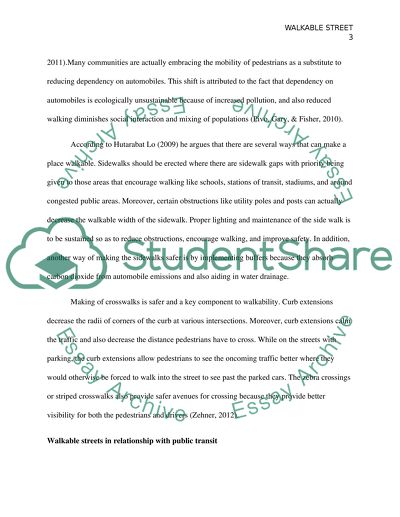Cite this document
(The Speed of Turning Motor Vehicles and the Crossing Distances of the Pedestrians Essay Example | Topics and Well Written Essays - 1750 words, n.d.)
The Speed of Turning Motor Vehicles and the Crossing Distances of the Pedestrians Essay Example | Topics and Well Written Essays - 1750 words. https://studentshare.org/environmental-studies/1471063-the-speed-of-turning-motor-vehicles-and-the-crossing-distances-of-the-pedestrians
The Speed of Turning Motor Vehicles and the Crossing Distances of the Pedestrians Essay Example | Topics and Well Written Essays - 1750 words. https://studentshare.org/environmental-studies/1471063-the-speed-of-turning-motor-vehicles-and-the-crossing-distances-of-the-pedestrians
(The Speed of Turning Motor Vehicles and the Crossing Distances of the Pedestrians Essay Example | Topics and Well Written Essays - 1750 Words)
The Speed of Turning Motor Vehicles and the Crossing Distances of the Pedestrians Essay Example | Topics and Well Written Essays - 1750 Words. https://studentshare.org/environmental-studies/1471063-the-speed-of-turning-motor-vehicles-and-the-crossing-distances-of-the-pedestrians.
The Speed of Turning Motor Vehicles and the Crossing Distances of the Pedestrians Essay Example | Topics and Well Written Essays - 1750 Words. https://studentshare.org/environmental-studies/1471063-the-speed-of-turning-motor-vehicles-and-the-crossing-distances-of-the-pedestrians.
“The Speed of Turning Motor Vehicles and the Crossing Distances of the Pedestrians Essay Example | Topics and Well Written Essays - 1750 Words”. https://studentshare.org/environmental-studies/1471063-the-speed-of-turning-motor-vehicles-and-the-crossing-distances-of-the-pedestrians.


